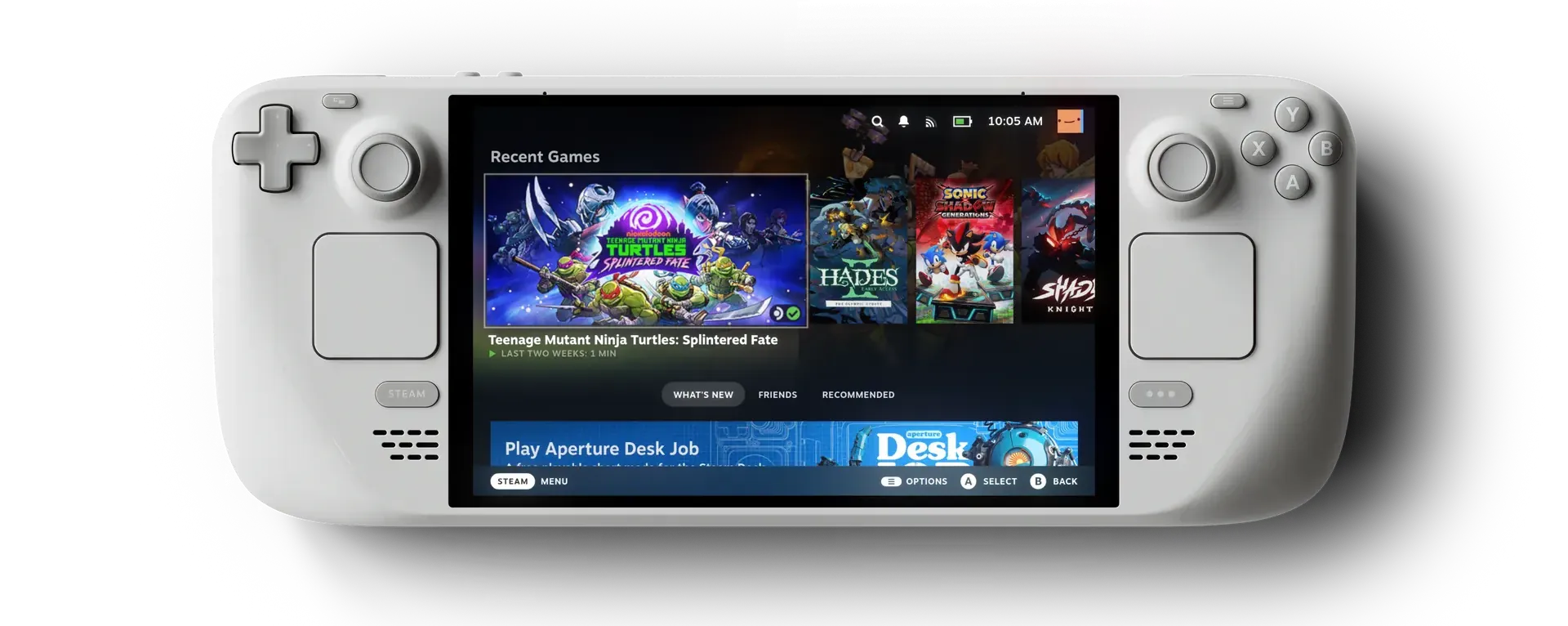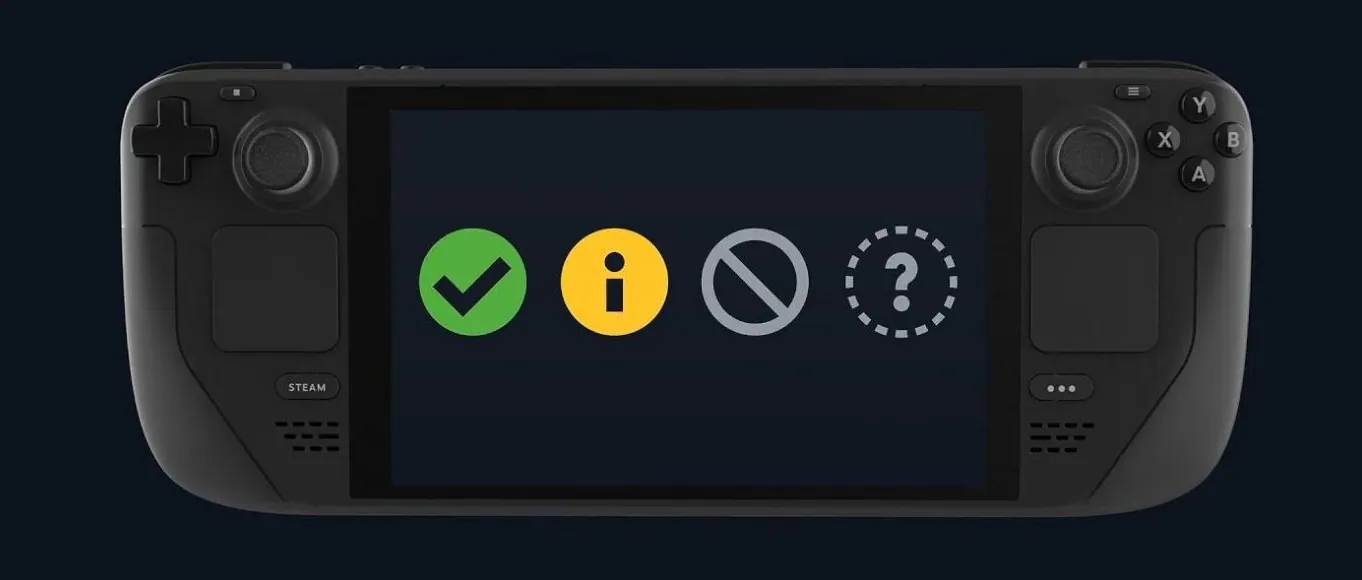Steam Deck 2: A Future Headache for Compatibility?
You love your Steam Deck? Me too! After the OLED version, there’s a new white special edition OLED by Valve.

But let’s face it. This is just an appetizer to make you wait. We know the Steam Deck 2 is on the horizon. It’s probably just a matter of time until one day Valve decides to announce it and propose a release date. It could be in 2025, or in 2026, or maybe a little later for all we know, “when the time is right”. While it will for sure stir up excitement in our community of Linux-savvy gamers, there are challenges to consider when it comes to the issue of game compatibility.
Initial Expectations
When the Steam Deck launched in 2022, it presented an intriguing challenge for game developers due to its unique hardware configuration, such as a small screen with limited resolution (compared to what PC games expect on desktop). Many games required tweaks or fixes to run smoothly on the device, and adjustments to elements like text size and UI elements.
The Steam Deck 2 is probably going to be in a similar form factor as the current Steam Deck - I don’t see Valve going the Lenovo Legion Go way with a much more massive device. But it will certainly feature a more powerful APU with a higher power consumption profile, which is going to require improved thermal design as well as a slightly larger battery.
Why more power consumption? This seems to be almost given since none of the APUs released by AMD after the Steam Deck feature lower power consumption, and there’s no miracle in terms of lithography down the road anytime soon. Another reason for more power consumption is screen resolution: all competitors have moved to 1080p and beyond - it would be strange that the Steam Deck remains the only device at 800p. I bet the Steam Deck 2 would at least feature 1080p. Valve being well aware that such a device is all about trade-offs, I expect they will not go crazy by putting a 4k screen, to prioritize good performance and a reasonable increase of resolution at the same time.
However, this shift might lead to some new problems:
- Re-evaluation of game compatibility: As the newer hardware is going to become more capable, Valve may need to revisit the existing rating for a lot of games. This may be positive performance wise, but this may also be a massive headache for things like UI and text elements. Something that was barely readable on 800p will be much smaller at 1080p for the same screen size. Are they going to re-test tens of thousands of games again, one by one? It might also be necessary as hardware differences may result in different issues in each game, as the drivers may not be 100% equivalent.
- Duplication of game compatibility: This is linked to the above point. While the Steam Deck is already struggling with many AAA titles right now, it remains an excellent device to play a huge amount of less demanding games (that happen to be indie titles more often than not). Are Valve and their partners going to continue testing games for both machines at the same time?
- Duplication of SteamOS support: while SteamOS may share many things between the present Steam Deck 1 and the future Steam Deck 2, we know that Valve has been spending a huge amount of time optimizing things for the Steam Deck 1, and similar customizations will probably occur for the Steam Deck 2 as well. Will they have enough resources to keep working on both?
- UI issues: Right now there’s Great on Deck categories that are issued for the Steam Deck 1 hardware. How will they deal with different ratings and different compatibility profiles once the Steam Deck 2 hits the market? Will they have a separate Great on Deck 2 page? Or fuse them both for simplicity? Or will the store provide a different rating through an API call based on what device is browsing the store? There are several options to consider, not just for the owners of the future Steam Deck 2, but also prospective buyers who want to know what to expect if they purchase one.

Valve’s Future Support Options
Given the duplication of effort involved in supporting both the original and new models simultaneously, I expect Valve will focus their efforts on maintaining a stable experience for users across both platforms. This might involve:
- A Progressive Phase-out strategy: Gradually phasing out support for the Steam Deck 1 as games are updated to take advantage of the newer hardware’s capabilities of the Steam Deck 2. It may be an option to also phase out compatibility testing from their end, and rely on community ratings (asking for owners of new games to rate how well the game runs).
- Shared SDK and tools: Another option may be to provide unified software development kits (SDKs) and tools to enable developers to create compatible experiences across both devices, reducing the need for separate implementations. It’s not clear if Valve would actually go to such lengths, but if they intend on keep the first Steam Deck alive for a long time, this may be a good approach.
A complex transition?
While there are challenges ahead related to compatibility, performance and the support of two different devices at the same time, I’m confident that Valve will have a plan in place to ensure the transition between the Steam Deck 1 and 2. But will it be clear or confusing? Will it be easy to grasp for newcomers to the platform?
How they deal with the transition will also impact how the Steam Deck will be seen in the future. If they choose to discontinue all support for the Steam Deck 1 after a certain date, this may give a pattern to work with: the Steam Deck and future iterations are just disposable devices, akin to mobile phones.
If they instead keep providing a lower tier of support yet not phasing them completely at all, this may play in their favor, and show to customers that whatever they buy is going to be something they can use for more than a few years. As the topic of sustainability and right-to-repair are becoming more visible everywhere, it might be a sound choice to position themselves as a leader in that area. Long term support is something most companies that ship hardware for a living usually don’t care about, as the incentives are not in place to reward them to do so.
Interesting times ahead - nobody has really done this kind of things before.
